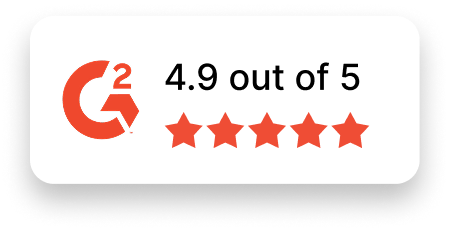Network Security Specialist Job Description Template
Use this template to craft job descriptions for hiring Network Security Specialists. Tailor it to reflect your organization’s unique objectives and security requirements.
Job Title: Network Security Specialist
Location: [Specify Location or Remote]
Job Type: [Full-time/Part-time/Contract]
About the Role
We are looking for a highly skilled Network Security Specialist to protect and enhance the security of our organization’s network infrastructure. You will play a key role in identifying vulnerabilities, responding to threats, and implementing robust security measures to safeguard sensitive data and ensure business continuity.
If you thrive on solving complex security challenges, staying ahead of evolving cyber threats, and working collaboratively within a dynamic environment, we encourage you to apply.
Responsibilities
- Monitor and maintain the security of network infrastructure, ensuring systems are protected against threats.
- Perform network vulnerability assessments and penetration testing to identify security risks.
- Design, implement, and manage firewalls, intrusion detection systems (IDS), and intrusion prevention systems (IPS).
- Investigate and respond to security incidents, providing root cause analysis and mitigation strategies.
- Develop and enforce network security policies, procedures, and guidelines.
- Implement and oversee secure access controls, such as VPNs and two-factor authentication.
- Conduct regular security audits to ensure compliance with legal and industry regulations.
- Collaborate with IT teams to securely configure routers, switches, and other network devices.
- Stay updated on emerging cybersecurity threats and trends, recommending proactive solutions.
- Deliver training and awareness programs to educate employees on best security practices.
Required Skills & Experience
- Bachelor’s or Master’s degree in Computer Science, Cybersecurity, or a related field (or equivalent experience).
- Proven experience in network security, including firewall management, IPS/IDS implementation, and threat analysis.
- Strong understanding of networking protocols (TCP/IP, DNS, DHCP) and security concepts.
- Hands-on experience with tools like Wireshark, Nessus, Splunk, or similar.
- Knowledge of security frameworks and standards such as ISO 27001, NIST, or CIS.
- Expertise in configuring and managing network security tools (e.g., Palo Alto, Cisco ASA, or SonicWall).
- Exceptional problem-solving abilities, with a focus on critical thinking and attention to detail.
- Familiarity with cybersecurity principles, penetration testing, and ethical hacking.
- Effective communication and teamwork skills to collaborate across departments.
- Ability to manage and prioritize tasks in a fast-paced environment.
Nice-to-Have Skills
- Certifications such as CISSP, CISM, CEH, or CompTIA Security+.
- Experience with cloud security across platforms like AWS, Azure, or Google Cloud.
- Proficiency in scripting languages (Python, PowerShell, or Shell) for automating tasks.
- Knowledge of Zero Trust architecture principles.
- Familiarity with endpoint security solutions and mobile device management (MDM).
- Experience in forensic analysis and incident response.
- Background in implementing secure SD-WAN solutions.
Why Join Us?
- Challenging Work: Protect critical infrastructure and contribute to safeguarding against cyber threats.
- Supportive Team: Work with a talented and diverse group of professionals who value collaboration.
- Career Development: Take advantage of training, certifications, and opportunities for advanced roles.
- Flexibility: Enjoy remote or hybrid work options to balance personal and professional priorities.
- Inclusive Work Culture: Join an organization committed to diversity, equity, and fostering an environment where everyone feels valued and heard.
Apply Now
Are you ready to defend and secure cutting-edge networks? Join [Your Company Name] as a Network Security Specialist and be part of our mission to protect and empower our systems. Apply today!

